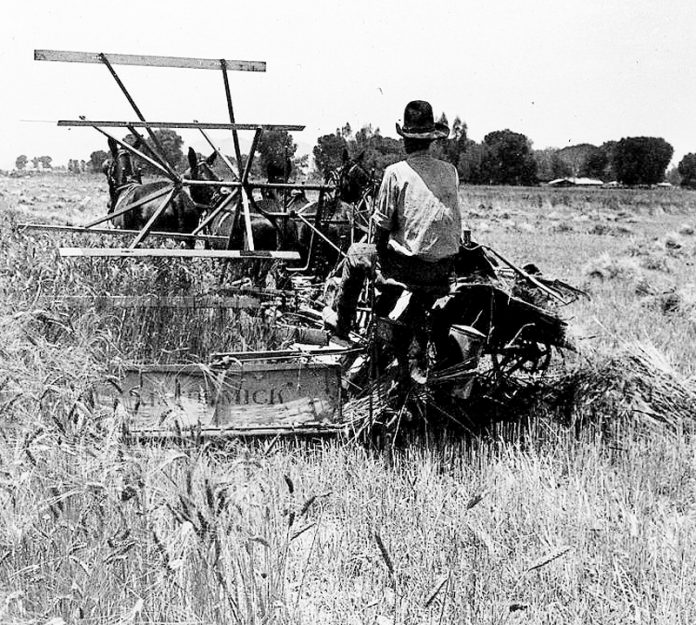Paddy Harvesting Machine for Efficient Rice Reaping and Binding Solutions
The Evolution and Importance of Paddy Reapers and Binders in Agriculture
Agriculture has undergone significant transformations over the centuries, driven by the quest for efficiency, productivity, and sustainability. Among the many innovations that have revolutionized farming, the development of paddy reapers and binders has played a crucial role, particularly in regions where rice cultivation is a staple of food production. This article delves into the evolution of these machines, their importance in agricultural practices, and their impact on the lives of farmers worldwide.
The Role of Rice in Global Agriculture
Rice is one of the most widely consumed staple foods in the world, feeding billions of people. It is a crucial crop in Asia, where countries like China, India, Indonesia, and Bangladesh lead in production. The labor-intensive nature of rice farming has historically posed challenges for farmers, necessitating innovations that assist in harvesting and processing. Traditional methods of harvesting rice involved manual labor using sickles, which was not only time-consuming but also physically demanding. As the demand for rice grew, so did the need for efficient harvesting technologies.
The Invention of Paddy Reapers
The first paddy reapers emerged in the early 20th century, designed to mechanize the harvesting process. These machines significantly reduced the time and labor required to harvest rice. The development of paddy reapers was notable for their ability to cut the rice plants and collect them in a single operation, thereby increasing efficiency. Early models were often simple and required considerable manual intervention, but advancements in technology soon led to more sophisticated machinery equipped with features like adjustable cutting heights, self-propelling capabilities, and improved blade designs.
Modern paddy reapers are invaluable tools that can operate in various environmental conditions, including wet and uneven terrains typical of rice fields. They are typically equipped with large cutting blades that make swift work of the rice stalks, cutting them cleanly and ensuring minimal damage to the plants. This ability not only enhances productivity but also helps preserve the quality of the grain.
The Development of Paddy Binders
While paddy reapers excel at cutting, binders are designed to further streamline the harvesting process by bundling the cut rice plants into manageable bundles for ease of transportation and processing. The introduction of binders marked another leap forward in agricultural technology. These machines follow the reapers, tying the cut plants into bundles using twine, thus facilitating easier handling and transport to the threshing area.
paddy reaper and binder

The combination of reapers and binders has transformed rice farming, allowing farmers to harvest larger areas in significantly less time compared to traditional methods. This efficiency has not only boosted individual farm productivity but also contributed to overall food security in regions dependent on rice cultivation.
Impact on Farmer Livelihoods
The adoption of paddy reapers and binders has had profound effects on farmer livelihoods. Reduced labor requirements mean that farmers can allocate their workforce more effectively and potentially engage in other agricultural activities or seasonal employment. This shift allows for greater income diversification and improved overall economic resilience for farming families.
Additionally, the increased efficiency of harvesting has led to higher yield preservation. When crops are harvested neatly and quickly, there is less risk of loss due to weather conditions or pest infestations. Consequently, farmers can achieve higher returns on their investments in rice production.
Sustainability and Future Prospects
With increasing focus on sustainability in agriculture, modern paddy reapers and binders are also evolving. Some manufacturers are developing eco-friendly machines that minimize fuel consumption and emissions. Furthermore, innovations such as electric and solar-powered models are emerging, aimed at reducing reliance on fossil fuels and promoting greener agricultural practices.
As agricultural technology continues to advance, the role of paddy reapers and binders will likely become even more pivotal. Integration with precision agriculture technologies, such as GPS and IoT, may further enhance their operational efficiency and effectiveness, allowing farmers to make data-driven decisions that optimize their yields.
Conclusion
Paddy reapers and binders have undoubtedly reshaped the landscape of rice farming, providing significant benefits in terms of efficiency, productivity, and farmer livelihoods. As the agricultural sector continues to evolve, these machines will remain essential tools in ensuring food security and supporting the livelihoods of millions of farmers around the globe. The future looks promising for such technologies, especially as they adapt to the challenges of modern farming and the growing demands of a burgeoning population.
Latest news
-
Mini Combine Harvester for Soybean | Compact & Efficient Soybean Harvesting SolutionsNewsNov.24,2025
-
Mini Combine Harvester for Paddy – Compact, Efficient Rice Harvesting SolutionsNewsNov.24,2025
-
Mini Chain Harvester: Compact Forestry Solutions for Sustainable LoggingNewsNov.23,2025
-
Kartar Mini Harvester – Compact, Efficient Harvesting Machinery for Small FarmsNewsNov.23,2025
-
Compact Power: Elevate Your Farming with Harvesting Machine SmallNewsNov.22,2025
-
Discover the Power and Potential of Harvester Mini Combine Machines | Efficient Small-Scale HarvestingNewsNov.22,2025








